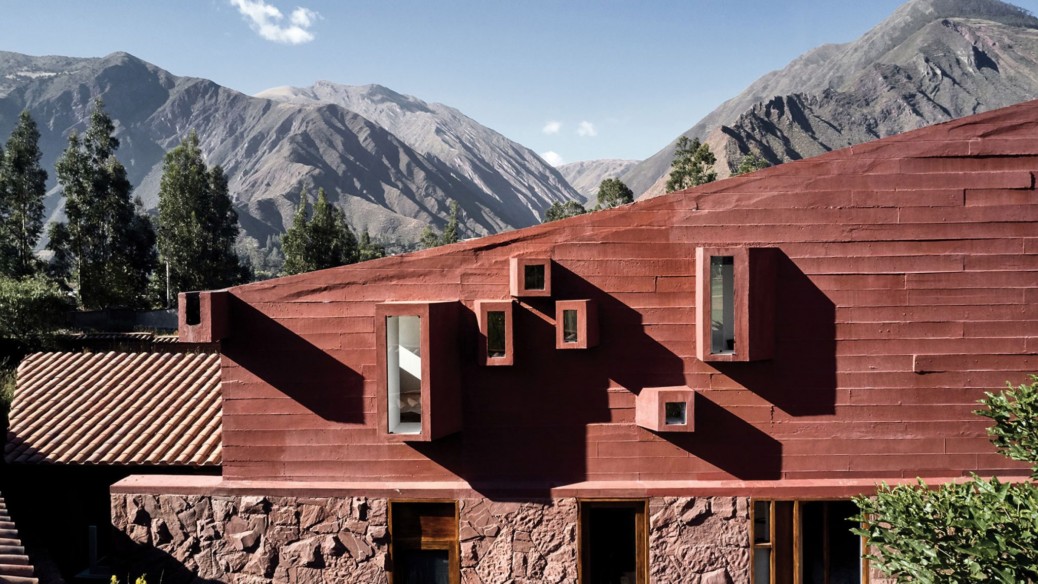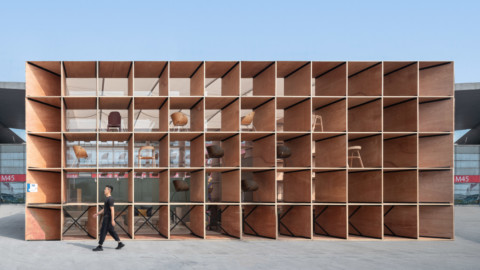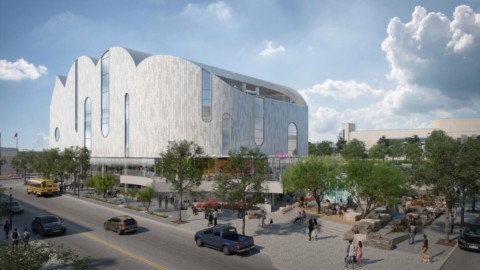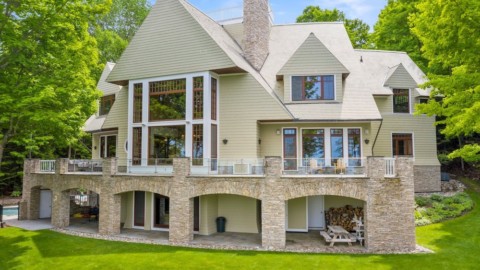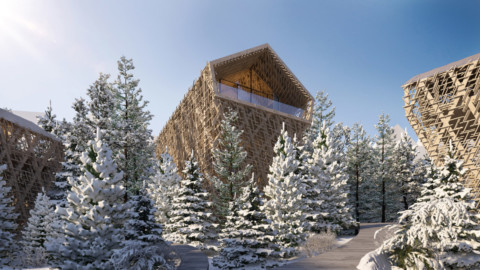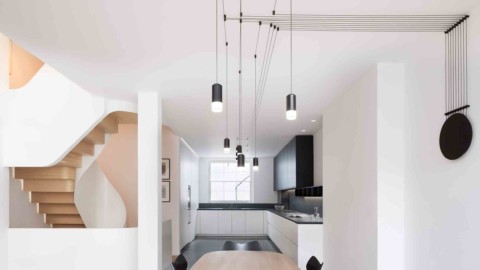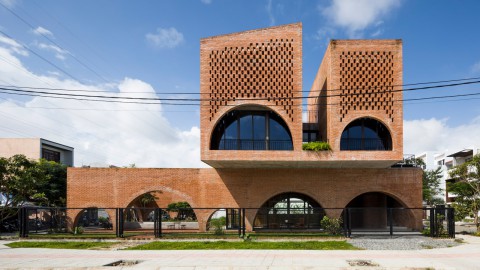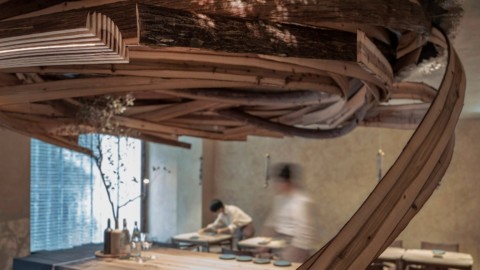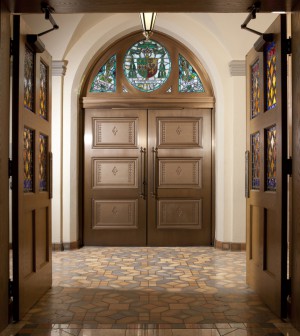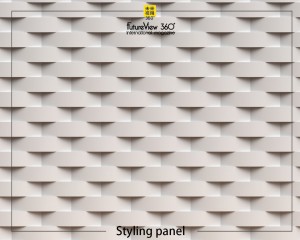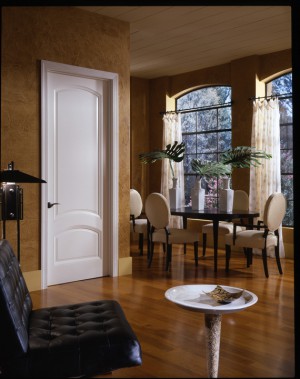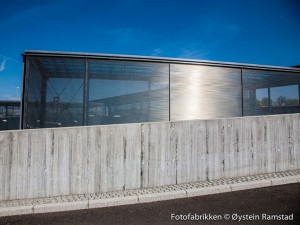Lima studio Barclay & Crousse has completed this house with reddish stone and concrete walls, and dramatically slanted roofs to echo mountains.
Casa Huayoccari is located in the valley of Urubamba, a mountainous setting considered sacred by the Incas. The house appears to be enclosed by the Pitusiray mountain range, which provided the cues to design the house in separate volumes with mono-pitched roofs.
利馬工作室Barclay&Crousse用紅色的石頭和混凝土牆完成了這所房子的建造,並傾斜了屋頂以呼應山脈。
Casa Huayoccari位於烏魯班巴(Urubamba)山谷,這是印加人認為神聖的山區環境。 該房屋似乎被Pitusiray山脈所包圍,這為以單斜屋頂的獨立體積設計房屋提供了線索。
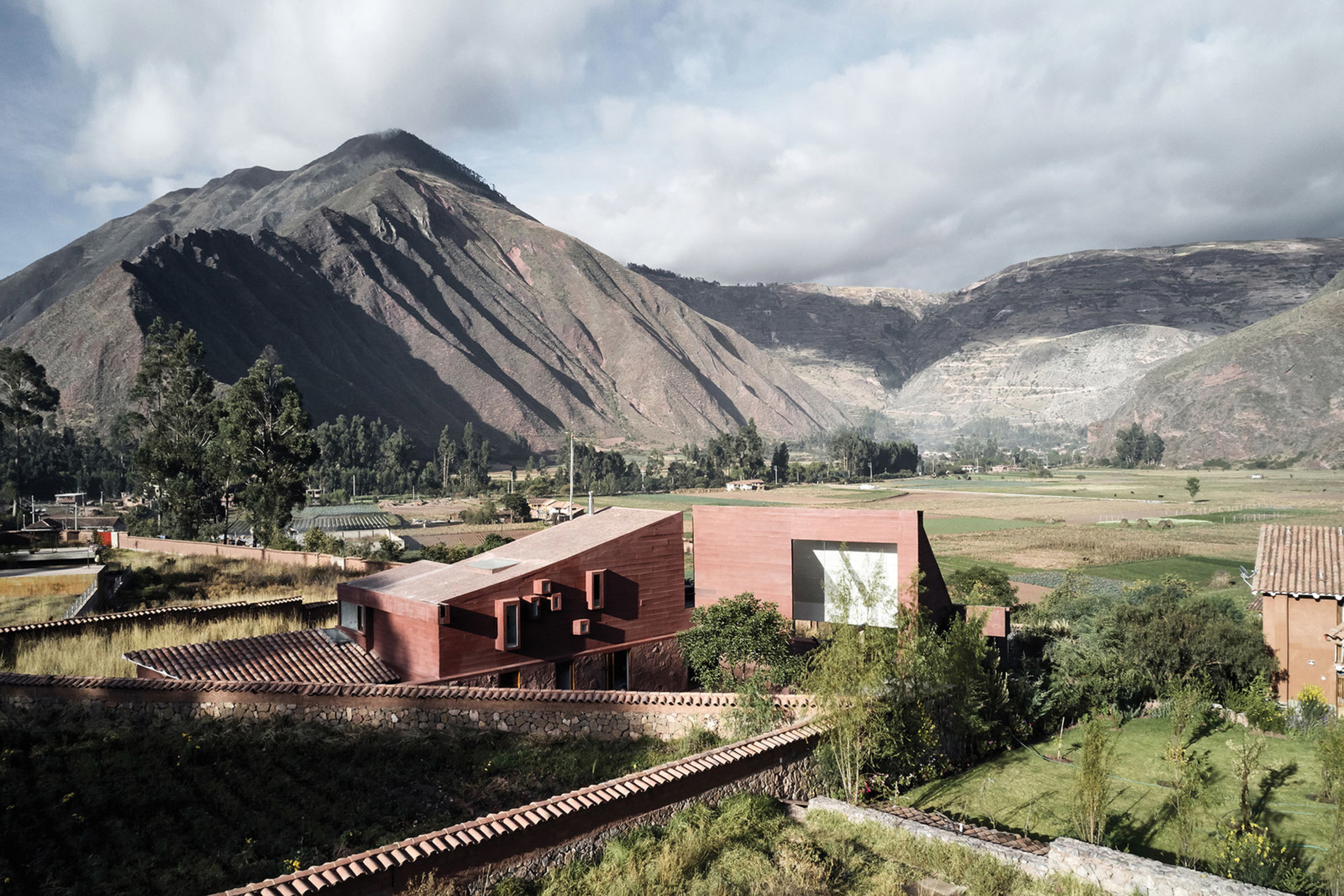
“Casa Huayoccari stands at 2,950 metres above sea level, in a special place within the valley, giving the impression of being in the centre of a circle of surrounding mountains, and not in a lineal valley, which is in fact the case,” said Barclay & Crousse.
“The project does not refer to the traditional architecture of the valley, but instead the mountains which surround it.”
In addition to the rooftops, the house is designed to step down the sloped site – the firm has also landscaped outdoor areas into terraces.
卡薩·瓦約卡里(Casa Huayoccari)海拔2950米,位於山谷內的一個特殊地方,給人的印像是身處周圍群山的中心,而不是直系山谷,實際上就是這種情況。 巴克萊和克勞斯。
“該項目不涉及山谷的傳統建築,而是圍繞它的山脈。”
除了屋頂之外,這棟房屋還設計為可以走下傾斜的場地-該公司還將室外區域美化為露台。
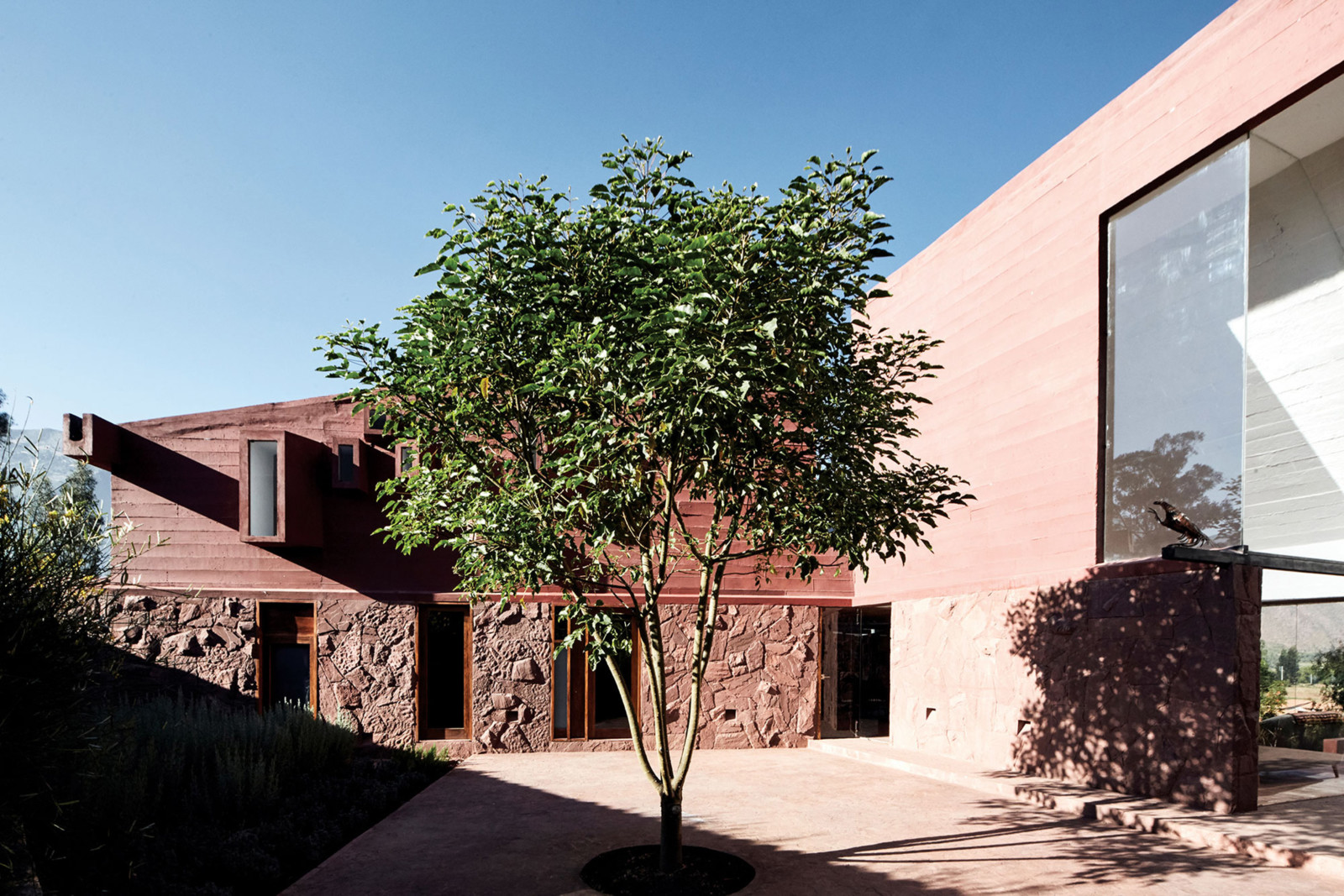
“The sloping land is treated with stone made terraces and a platform which generates a horizontal ground for the house to be installed on,” it explained.
“The traditional gable roof is decomposed in two planes adopting the pitch of the surrounding mountains and thus generating spatial compressions that frame the low valley and spatial dilatations, which lead towards the Pitusiray mountain.”
While the form of the house draws on its surroundings, the materiality is rather different. Local Andesita Red Stone covers the roof and forms the lower portions of the walls, while the upper half is board-marked concrete, which includes pozzolanic cement that gives it a red tint.
它解釋說:“傾斜的土地經過石製露台和平台的處理,平台可以為要安裝的房屋提供水平地面。”
“傳統的山牆屋頂被兩個平面分解,採用了周圍山脈的傾斜度,從而產生了空間壓縮,從而形成了低谷和空間擴張,並通向了皮圖西賴山脈。”
雖然房屋的形式取材於周圍環境,但其實質性卻大不相同。 當地的Andesita Red Stone覆蓋了屋頂並形成了牆體的下部,而上半部是標有木板的混凝土,其中包括火山灰水泥,使混凝土呈現紅色。
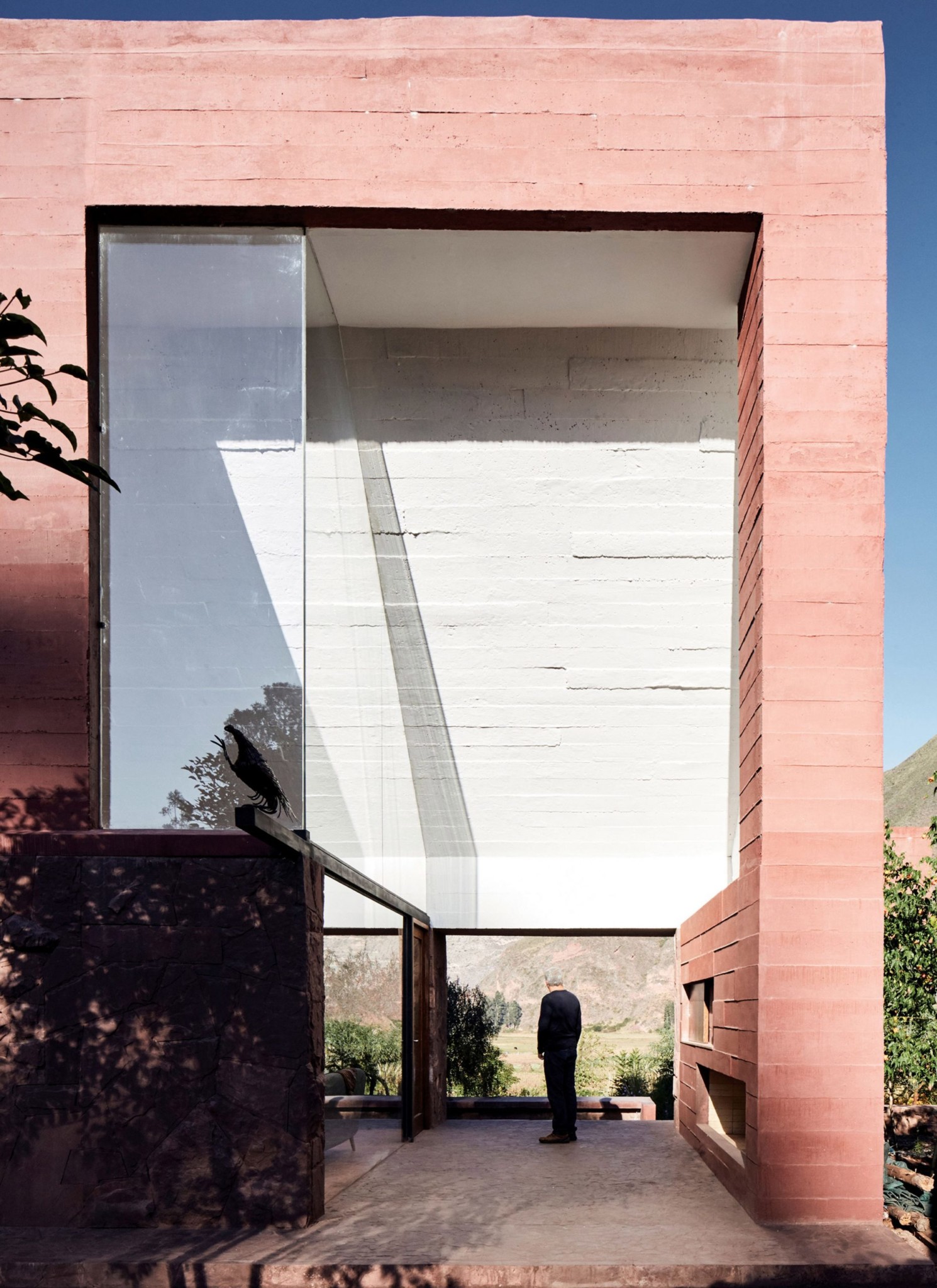
“It’s a cement of volcanic origin, and has ferrite in its components, so it has a natural, reddish color that oxidates (getting darker) with weathering,” said the studio.
Barclay & Crousse has protruded a cluster of chunky, red window frames from the concrete walls. The lower walls meanwhile are punctuated by large, wood-framed windows.
該工作室說:“這是一種火山岩水泥,其成分中含有鐵素體,因此具有自然的淡紅色,隨著風化會氧化(變深)。”
巴克萊和克魯斯(Barclay&Crousse)從混凝土牆上伸出了一堆矮小的紅色窗框。 同時,下牆被大型木框窗戶打斷。
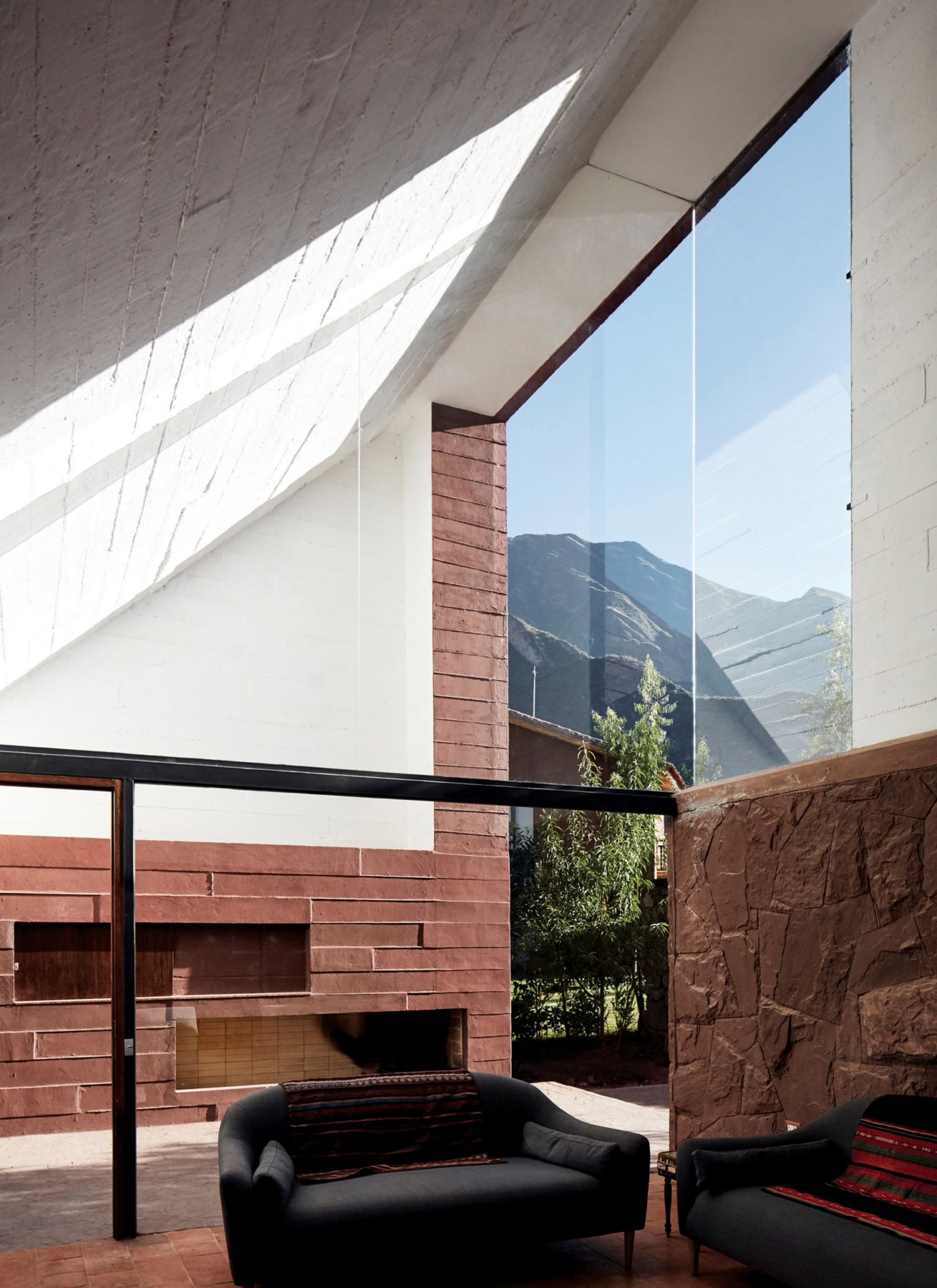
The studio, which is led by architects Sandra Barclay and Jean Pierre Crousse, was originally enlisted to design two sister houses for the site. Casa Huayoccari is the first and was completed in 2018.
It has an L-shaped floor plan that wraps a patio at the house’s entrance – an area covered by a white-painted sloped ceiling with views to the Pitusiray peak.
該工作室由建築師桑德拉·巴克萊(Sandra Barclay)和讓·皮埃爾·克魯斯(Jean Pierre Crousse)領導,最初是為該場地設計兩座姐妹屋的。 Casa Huayoccari是第一座,於2018年完工。
它有一個L形的平面圖,在房屋的入口處包裹了一個露台,該區域被粉刷成白色的傾斜天花板所覆蓋,可欣賞到Pitusiray峰的景色。
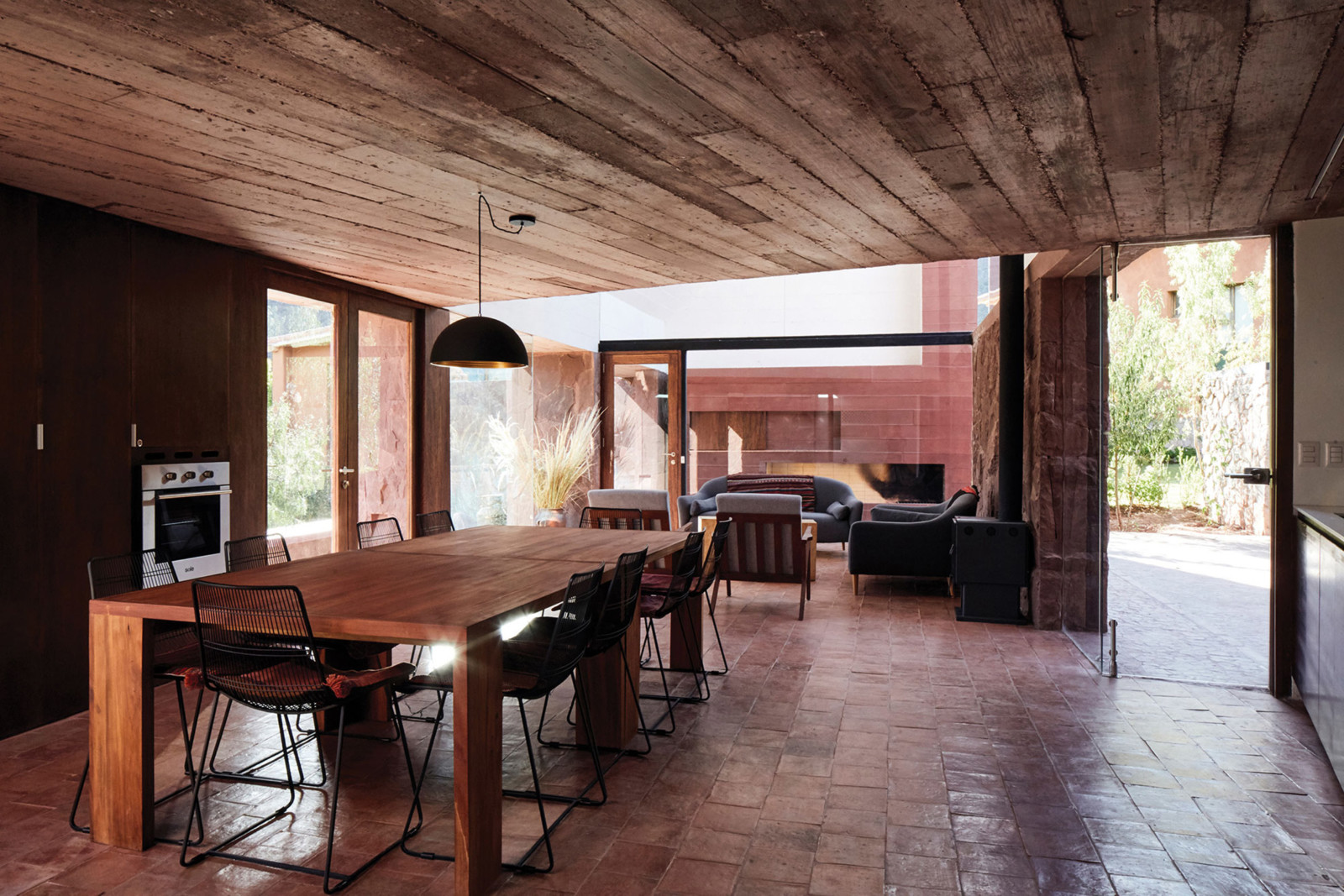
From here there is access to the living and dining rooms, which occupy the ground floor alongside three bedrooms. The main bedroom is located on the first floor and has access to a terrace.
Barclay & Crousse has white-washed portions of the concrete walls inside the house, to create a bright interior, while the red stone remains exposed and is complemented by a glossy flooring tile.
從這裡可以進入起居室和餐廳,這些起居室位於一樓,旁邊是三間臥室。 主臥室位於二樓,可通往露台。
巴克萊和克魯斯(Barclay&Crousse)在房屋內的混凝土牆壁上用粉刷過的部分來營造明亮的內部,而紅色的石頭則保持裸露,並輔以光滑的地磚。
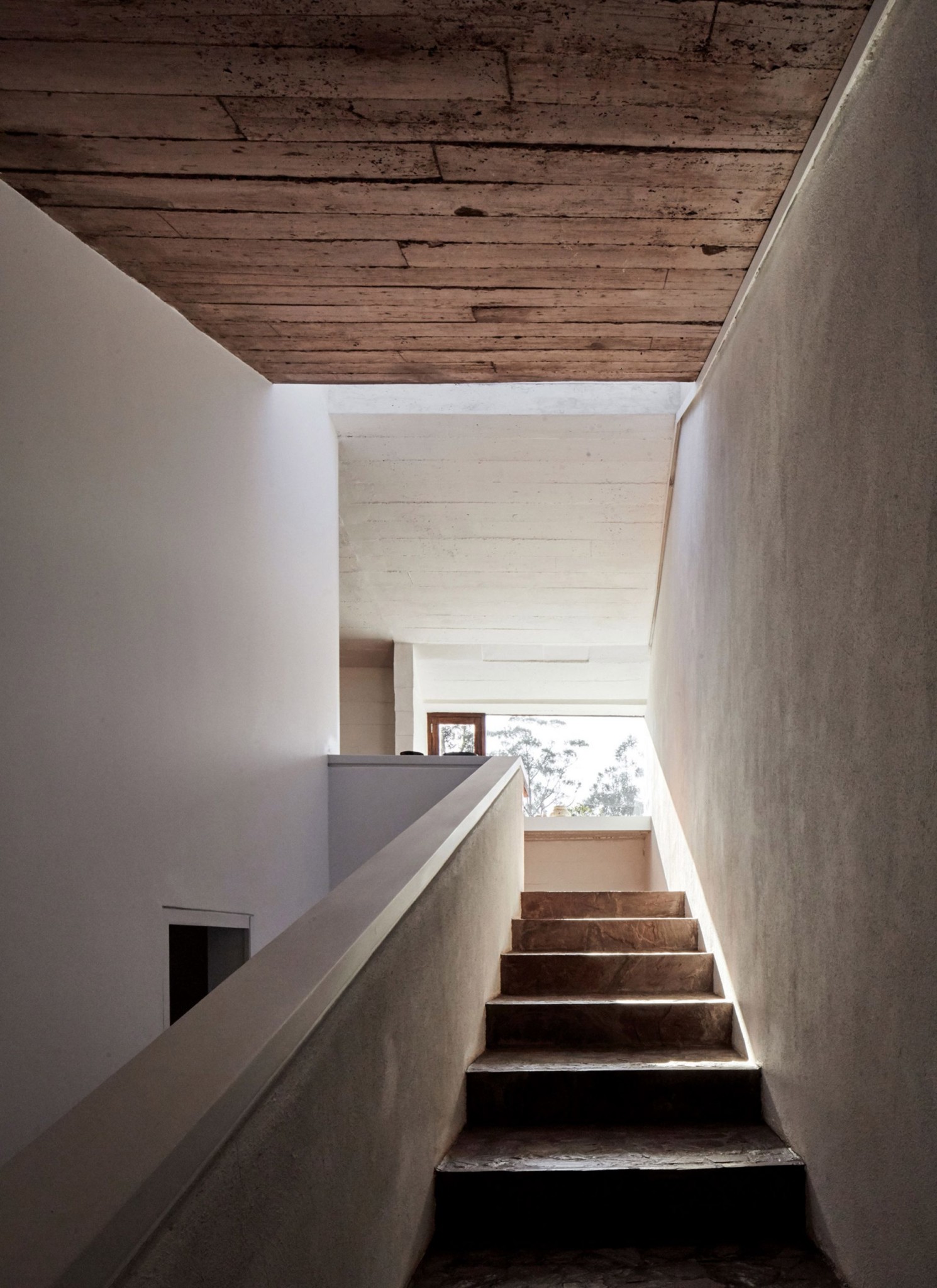
The interiors are intended to be kept naturally warm and cool by the shape of the roofs.
“In the afternoon, the roof, covered in stone, protects the house from the strong sunshine, but its thermic inertia enables the accumulated heat to propagate during the night, a period of time during which the temperature drops due to the altitude where the house is situated,” said the studio.
旨在通過屋頂的形狀來保持室內自然溫暖和涼爽。
“在下午,用石頭覆蓋的屋頂保護了房屋免受強烈的日光照射,但是其熱慣性使積聚的熱量在夜間傳播,在這段時間內溫度會由於房屋所在的高度而下降 位於。”工作室說。
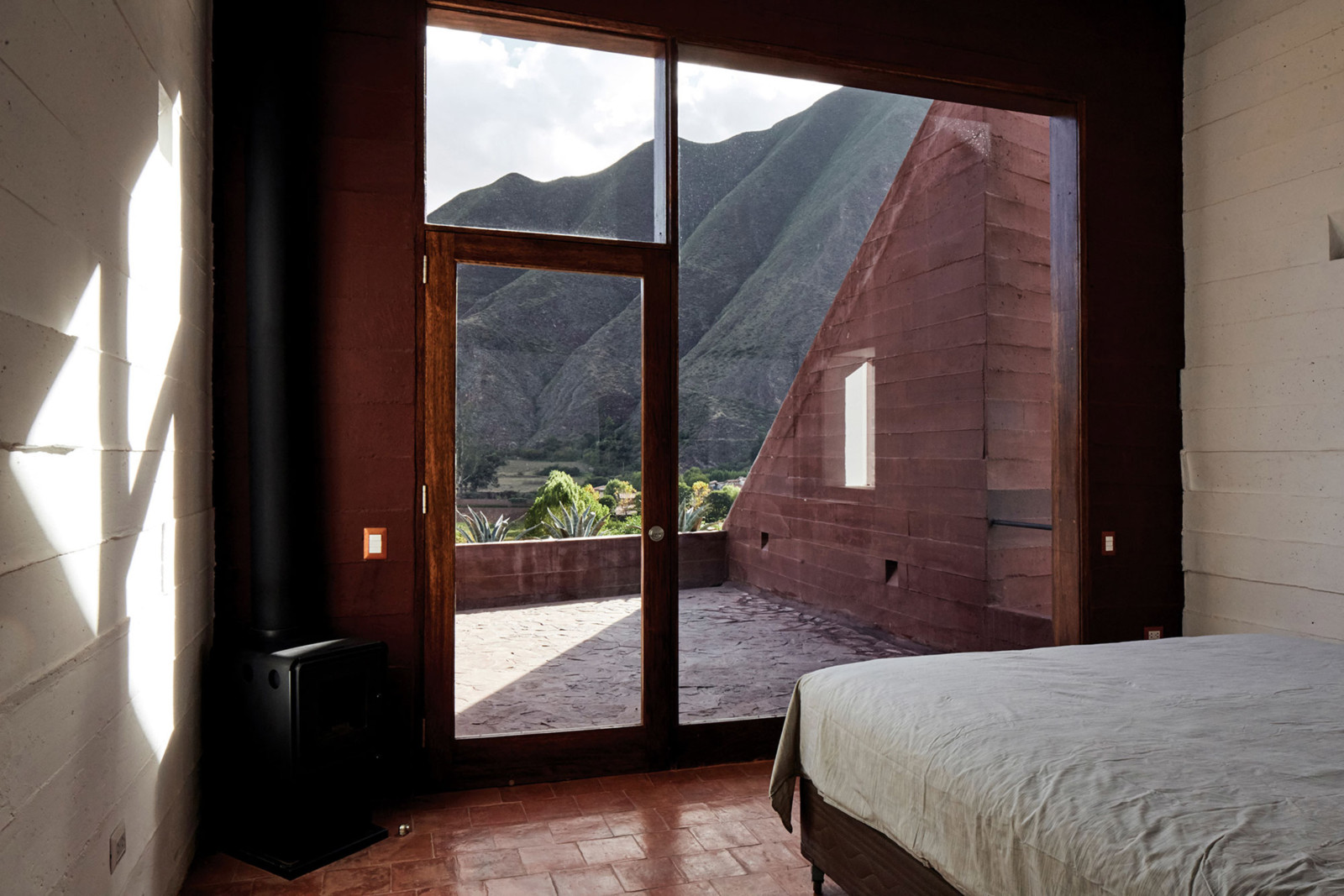
Barclay & Crousse is led by Peruvian architects Jean Perre Crousse and Sandra Barclay. The pair set up their studio in Paris in 1996, before relocating to Lima in 2006.
The studio has completed a number of projects in Peru, which it told Dezeen is making a comeback following decades “erased from the architectural map” thanks to international recognition of impressive new buildings in the country.
Other projects include the clifftop Casa C3, an archaeology museum and the Edificio E university building in northern Peru, which was awarded the Mies Crown Hall Americas Prize in 2018.
Photography is by Cristóbal Palma.
Barclay&Crousse由秘魯建築師Jean Perre Crousse和Sandra Barclay領導。 兩人於1996年在巴黎建立了工作室,然後於2006年移居利馬。
該工作室已經在秘魯完成了許多項目,並告訴Dezeen在幾十年“從建築圖譜中刪除”之後又捲土重來,這要歸功於該國令人印象深刻的新建築的國際認可。
其他項目包括懸崖頂Casa C3,考古博物館和秘魯北部的Edificio E大學大樓,該大樓於2018年獲得密斯皇冠大廳美洲獎。
攝影是克里斯托瓦爾·巴爾瑪(CristóbalPalma)的作品。
FROM:https://www.dezeen.com/2020/12/01/casa-huayoccari-barclay-crousse-red-peru/

